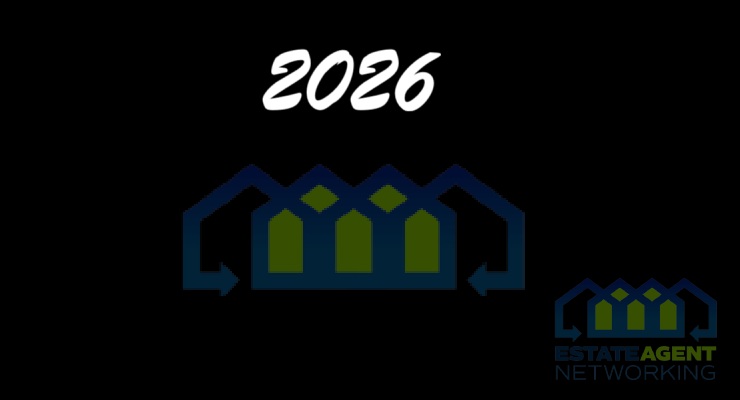Who Is Responsible for damp in Rental Properties – Tenant or Landlord?
Damp is one of those problems that affect many buildings around the country. No one wants to deal with it but if you are the property owner, you have little choice, especially if you are also a landlord because then the matter can get a little more complex. So, who is responsible for damp in rental properties?
Damp basics
There are several types of damp but three of the most common are condensation, rising damp and, penetrating damp. Any older property around the country could experience any of these problems, which will need to be investigated by carrying out a damp survey, which will determine what the cause of the problem is and what is needed to eradicate it.
However, when it is a rental property there are other considerations. One of the main problems with all types of damp is, they lead to other conditions that cause even more problems.
Top of the list is black mould – this is a fungus that grows on walls that are moist from humidity and it creates horrible black staining. It also releases spores into the air that can cause health problems, especially for the elderly or anyone with respiratory problems.
Other issues associated with damp can include timber decay such as wet rot and dry rot. These are types of fungal decay that affect timbers in moist conditions created by damp. They can be devastating to the structure of a property, affecting the timber floors and other structural timbers.
Tenant or landlord responsibility?
The question about who is responsible for damp and mould in a rented property is one that is often asked and causes a lot of confusion – mostly because people don’t realise the difference between the problems and how they come about.
For example, from a legal viewpoint, if the cause of the problem is from rising or penetrating damp then this is down to the landlord to sort.That’s because both are due to defects with the property. Rising damp usually happens because there is no damp-proof course, or it has broken down.
Penetrating damp occurs when there is a defect such as defective brickwork, broken guttering or a missing roof tiles. The biggest argument usually comes from condensation because this is harder to sort who or what is the cause behind the problem.
Condensation issues
Condensation occurs when warm, moisture-filled air hits a cold surface such as a wall or window and releases the moisture. Little beads of water are then seen on the surface. These increases moisture levels in the property and leads to damp and associated problems such as black mould.
Condensation is often caused by the lifestyle of the occupants. For example, if they don’t have sufficient ventilation or don’t keep the property at a consistently warm temperature, then this will often lead to condensation.
Opening windows occasionally during winter is an easy way to reduce the problem and if a tenant doesn’t do this and condensation begins, this can be their responsibility.
As a landlord, you may want to work with your managing agent, or as a tenant, check the tenancy agreement to see exactly who’s responsible for what.
Landlord and Tenant Act 1985
If there is a dispute over damp in a property, then the Landlord and Tenant Act 1985 is the legislation that should be referred to. In it, the ‘structure and exterior of the dwelling-house’ along with essentials such as the water, gas and electricity, heating and hot water are the responsibility of the property. So if the cause of damp is structural, then it is the landlord’s responsibility.
If in doubt, it is best to get a damp survey carried out by a qualified damp surveyor, to understand the cause of the damp and also consult a legal expert to make sure both parties are correct and legal in their approach. If you require any assistance with your damp related issues please contact Tapco HomeDry
Content and images shared by: paul@720digital.co.uk









